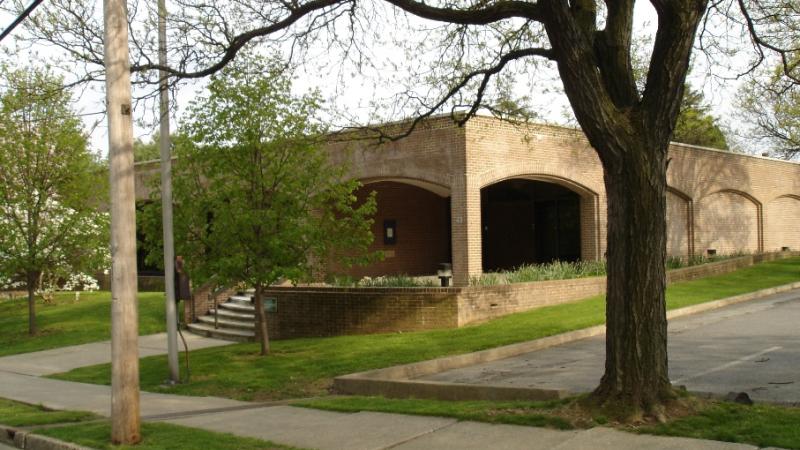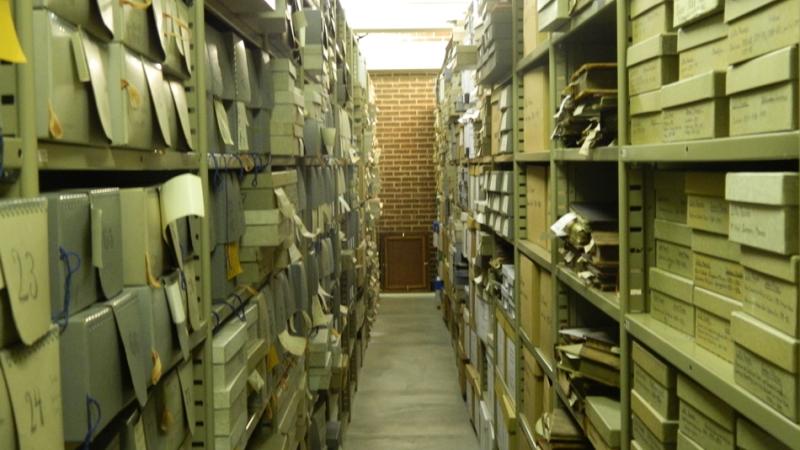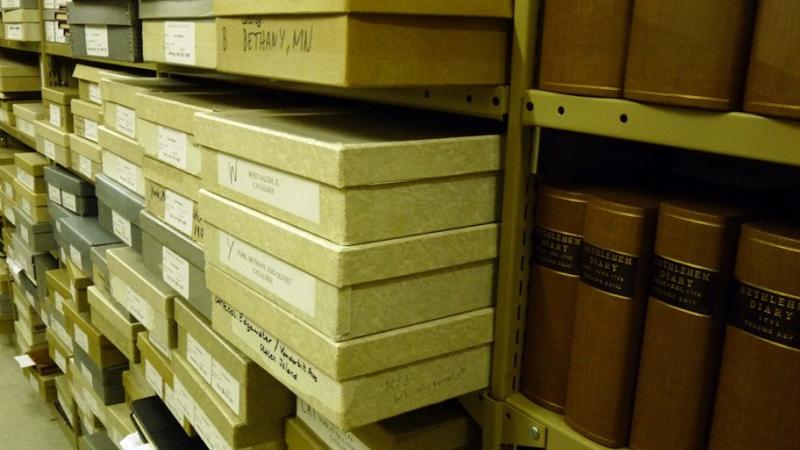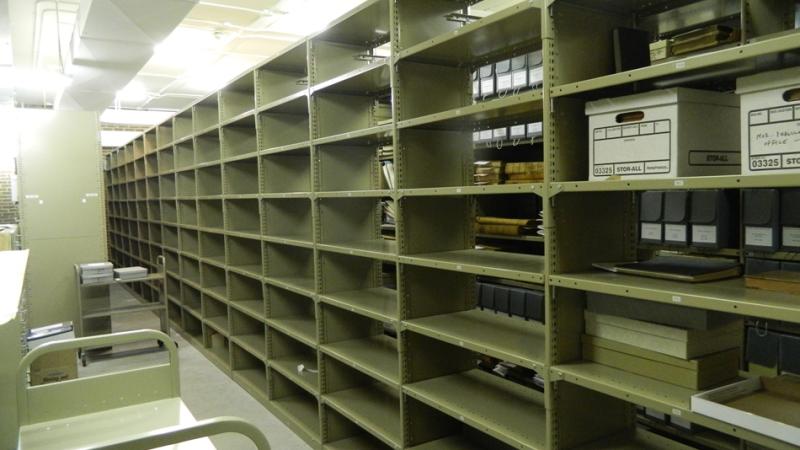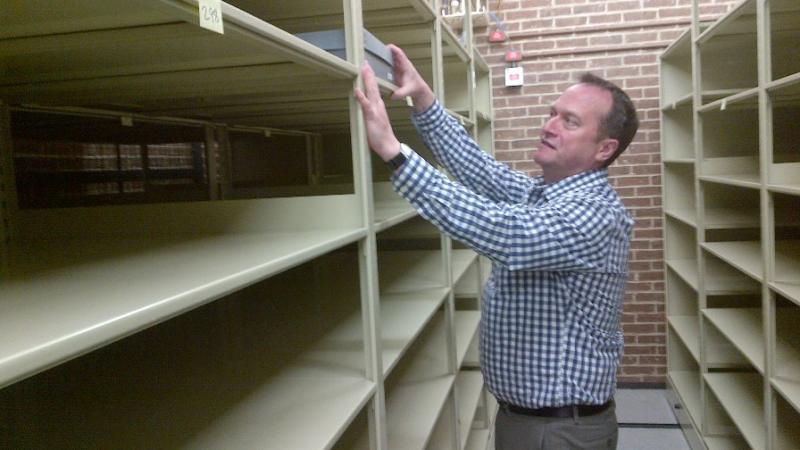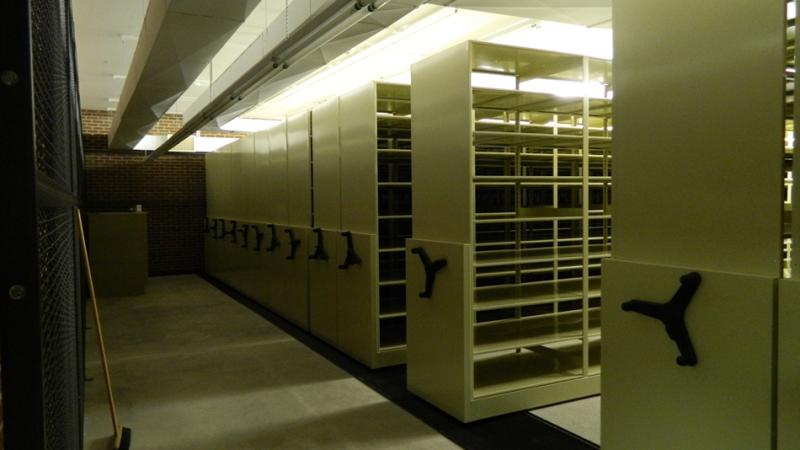The Moravian Archives: Preserving Collections in Bethlehem

NEH support allowed the Moravian Archives to move their collection of 18th- and 19th-century paintings to art racks along the walls.
Courtesy of the Moravian Archives

NEH support allowed the Moravian Archives to move their collection of 18th- and 19th-century paintings to art racks along the walls.
Courtesy of the Moravian Archives
In July 2012, the Moravian Archives in Bethlehem, Pennsylvania, obtained a NEH grant of $148,085 to improve storage conditions for its multifaceted collections related to the Moravian Church in North America. Fleeing religious persecution in Central Europe, the Moravians moved to British North America in 1741, establishing their most noteworthy settlements in Pennsylvania and North Carolina. The small size of the Moravian church belies its historic importance, particularly given the Moravians' early missionary work with American Indians and slaves and their later international missionary activity. Inveterate record-keepers, the Moravians produced extensive documentation of important aspects of early American history.
Most of the Moravians’ records are housed at its archival facility in eastern Pennsylvania. They include a rich compilation of books and manuscripts, some more than 200 years old. Among them are business, school, and missionary records, memoirs, maps, and drawings. The archive also houses hundreds of textiles and ethnographic objects: Native American clothing and dolls, embroidery, and needlework. Its art collection includes the paintings of Valentin Haidt (1700-1780), who produced more than 30 portraits of Moravian leaders, Biblical images, and important scenes in Moravian history. Every year, hundreds of historians, genealogists, students, clergy, and others conduct research at the archives, while others participate in regularly scheduled exhibits, lectures, and events.
The Endowment’s Sustaining Cultural Heritage Collections (SCHC) grant program assists cultural repositories in preserving their humanities collections for future generations by improving the conditions in which they are stored. With its SCHC award, the Moravian Archives was able to install compact, moveable shelving in its formerly cramped storage vault. The project was carried out in several stages. First, the contents of the main vault were removed and temporarily housed in the archives’ reading room. Next, the old static shelving was dismantled, removed, and replaced with the new shelving. Similarly, the archive’s outdated fluorescent lighting system was replaced with more efficient and effective lighting with integrated ultraviolet protections. Furthermore, wall space in the storage vault was fitted with a custom screened panel system, making it possible to hang the archives’ entire framed art collection. Once the renovations were completed, the collection was returned to the vault.
According to Paul Peucker, Director and Archivist, these improvements have helped the Moravian Archives meet a number of the goals outlined in recent preservation assessment, also funded by the Endowment. The archives’ collections, he observed, are currently more accessible; new acquisitions can be incorporated more easily; and the art collection in particular can be more easily displayed. Thanks to the NEH project, the capacity of the Moravian Archives has been increased by 62 percent, thus fulfilling its needs for storage for the next generation.
